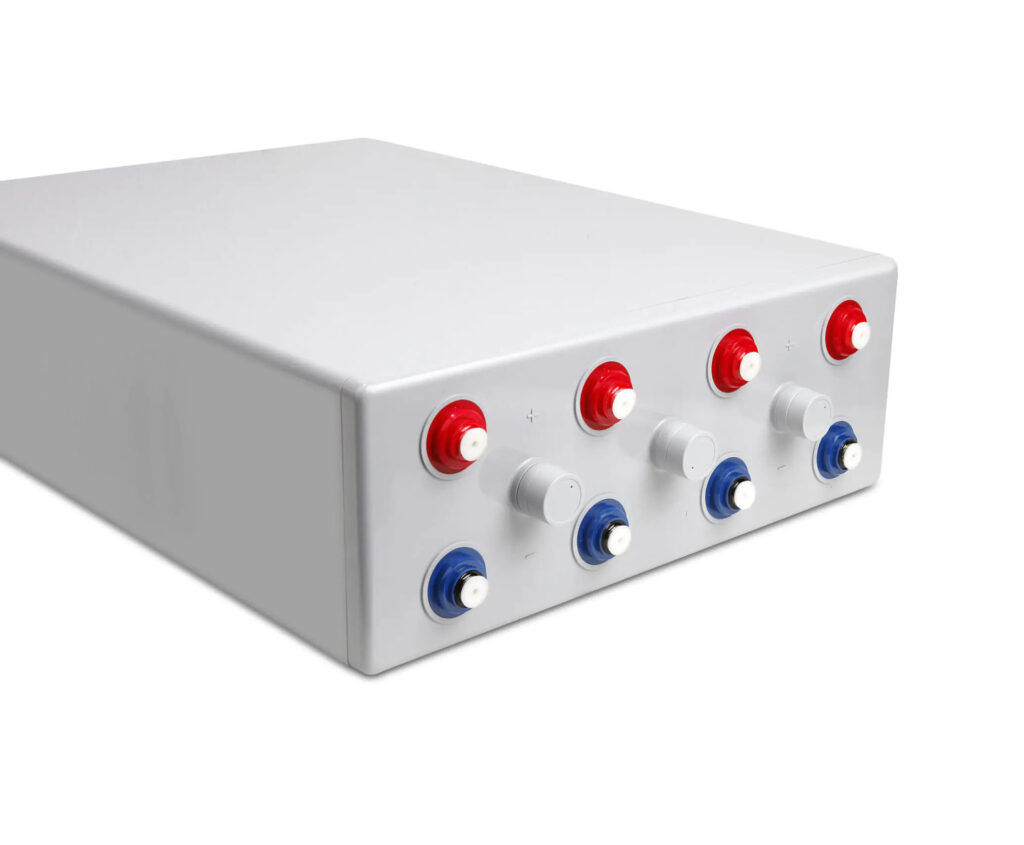OPzV lead-acid batteries are a vital component in energy storage systems due to their reliability, long service life, and minimal maintenance requirements. One critical factor affecting their performance is the composition of the electrolyte.
1. Sulfuric Acid Concentration
The concentration of sulfuric acid directly influences the battery’s capacity, cycle life, and internal resistance. A high concentration improves conductivity but accelerates grid corrosion, shortening the battery’s life. Conversely, low concentrations reduce energy output and impair charge acceptance. Manufacturers carefully balance these aspects to optimize performance.
2. Additives in the Electrolyte
Certain additives, such as phosphoric acid or organic compounds, can enhance the performance of OPzV batteries. These additives improve charge acceptance, reduce sulfation, and stabilize the lead-dioxide structure in the positive plates. However, excessive use of additives can lead to side reactions, compromising efficiency.
3. Gelled Electrolyte
OPzV batteries employ a gelled electrolyte to immobilize the sulfuric acid, which minimizes stratification and reduces water loss during operation. The quality of the gelling agent significantly impacts the battery’s operational stability and lifespan. Silica-based gelling agents are commonly used for their superior performance.
In conclusion, the electrolyte composition in OPzV batteries is a key determinant of their overall performance. Ongoing research focuses on optimizing electrolyte formulations to achieve higher efficiency and longevity.


